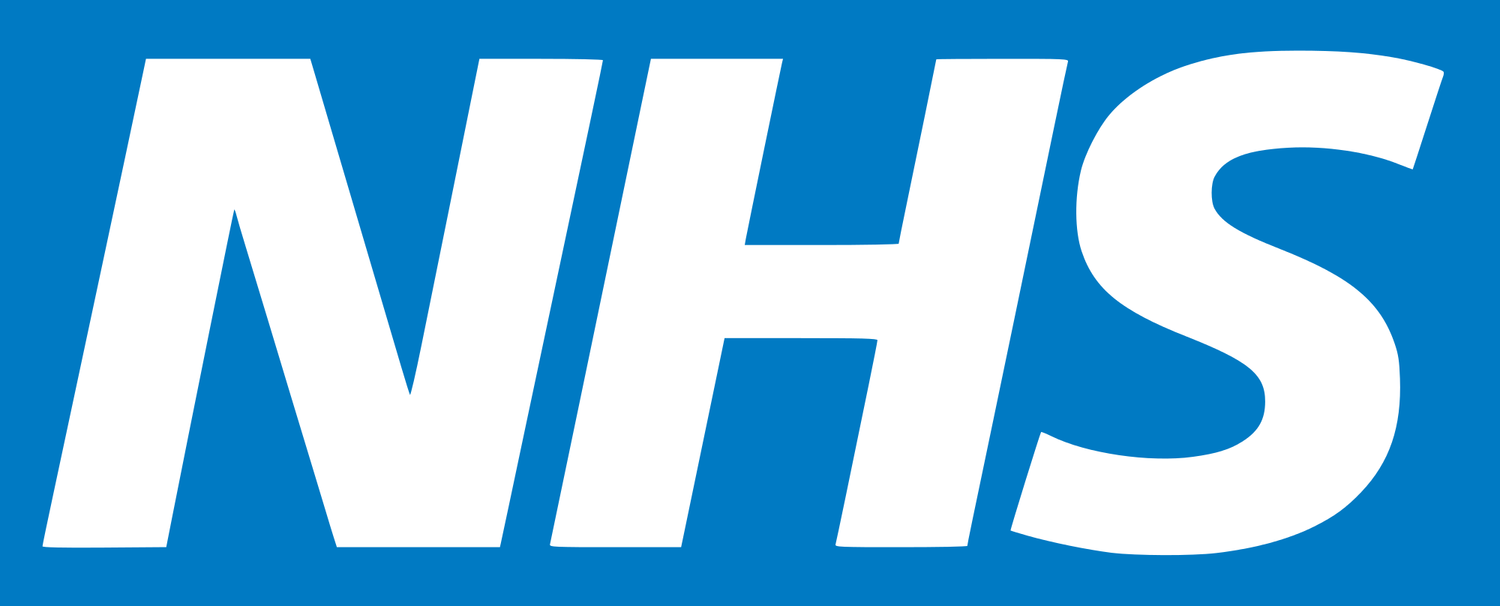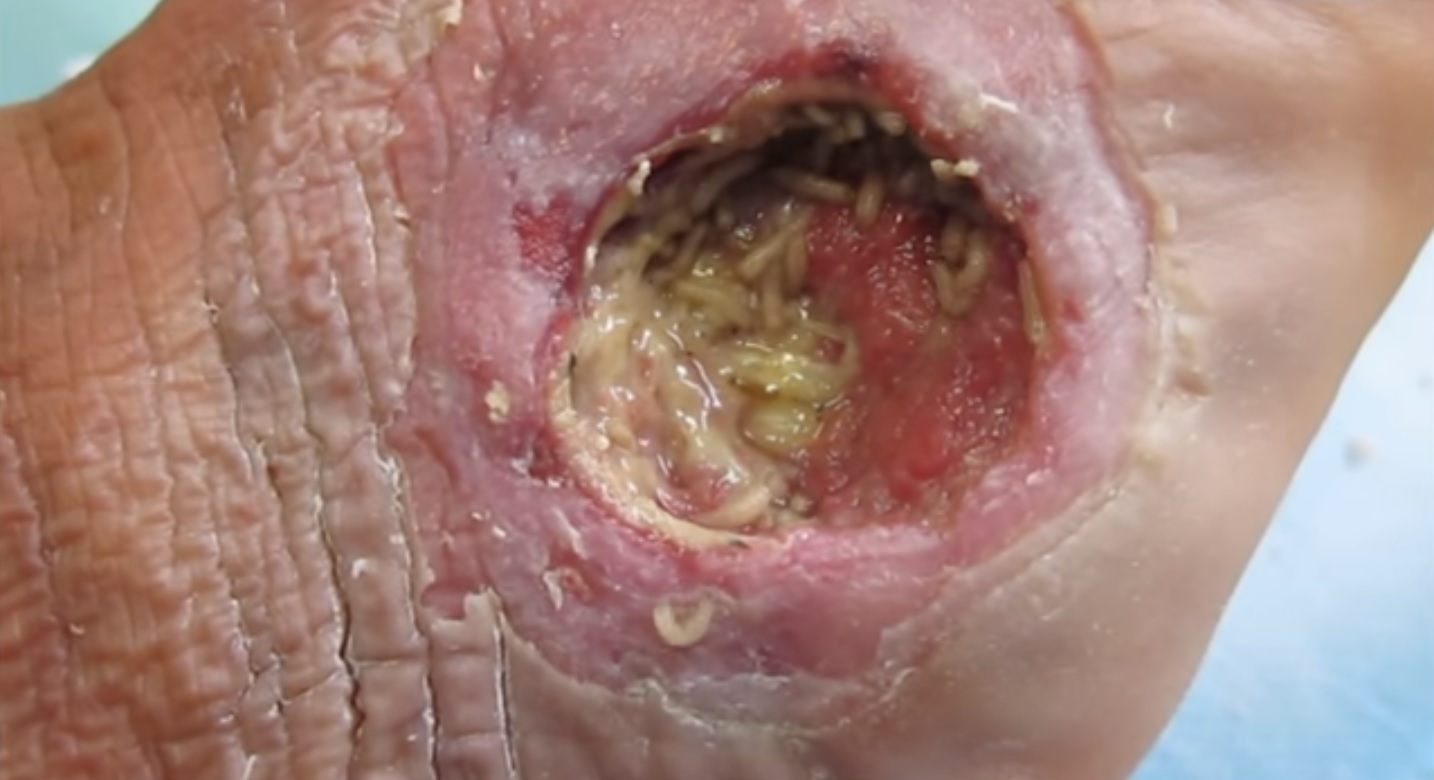So my journey begins, as usual, in a slight panic with a sprinkle of anxiety in my hometown of Lancaster.
 |
| At Preston Station |
The surrounding area of Lancaster always makes me happy because it reminds me a little of my hometown, and thus also how happy I am that I don’t live there anymore. Not trying to take a giant shit on my hometown, I’m just glad that I don’t live there. But the first feeling is overshadowed and strong-armed when Preston comes into the horizon and I wish I was back in Iceland. It has to be said that England is beautiful. I’ve spent 14 years living here and that opinion hasn’t changed. Just like any other local inhabitant the British are so muted to their surroundings. Except when it comes to the Lake District and Yorkshire folk, those people make the average 17-year-old elder look like an agnostic.
Currently, I am making my way to Bulgaria. Might sound random, but I am going to see
Devin Townsend play in a Roman Amphitheatre in
Plovdiv. Not only that he is playing the entire
Ocean Machine, as well as a “By Request” set list with an orchestra. Goddamn, the price was right. Fucking Devin Fucking Townsend. Playing the entire
Ocean Machine. In Bulgaria. In a Roman Amphitheatre. Makes me wonder how much it would have cost if he had found a similar setting in the UK. Come to think of it, the
Fountains Abbey and
Kirkstall Abbey would have both provided excellent venues.
And I am going on my own. The last time I travelled to foreign lands on my own was in 2001, to the monolith… I mean the UK. Which incidentally was also the first time I had left the Icelandic shores since I was 5 years old. I did try and find someone to travel with. But the only people I considered couldn’t due to one reason or another. But nevermind. I am going to see Devin Townsend. With an Orchestra!
Maybe it’s because it is not the usual flying time. But Birmingham International Airport is nice. The security wasn’t stressful, there weren’t a lot of people milling around. It almost feels peaceful. Or maybe it’s because I am not accompanied by three teenagers and a 7-year-old.
The flight itself was relatively painless. I manage to sleep through pretty much all of it. There’s not a lot to see when everything is black outside anyway. The terminal I landed in Sofia is tiny. And I mean tiny, it feels almost like the airport in my hometown with its one flight strip. Whilst I am trying to get my bearings, a man approached me saying that he’s a taxi driver. Something about him just screamed predator, he looked like a man who’d be willing to sell children into servitude and his grandma to a
Soylent Green factory. Took a long time to get rid of him, but when I did he just transferred his creepiness to other unsuspecting, tired travellers. So, yeah. I got my bearings, thanks to Google Maps. Thank god the
EU has banned roaming charges. Find out that Terminal 2 is about 30-minute walk away and there’s a Metro Station there. So I start following G-Maps instructions…. And they want to take me through a restricted area, with armed patrol… Shit. Never mind, I do like a tourist and walk around it looking a little lost yet interested. Finally got to Terminal 2 which is huge! Massive! And very glossy. And there’s the Metro Station! Now I’m here, and now I need to not panic again. I need to find a way to get from the Metro station to the Central Station, I know I need to change somewhere. And I don’t understand the language or
the alphabet, which by the way is very pretty. But makes no sense to my foreign, Latin alphabet leaning, eyes. So instead what I do is look out for other travellers, with luggage and I just decide to follow. Like a knock-off badly written police procedural. I finally get to the station and at 0655 I managed to get a ticket for the 0700 bus to Plovdiv. Get on, fully intending on looking around. But promptly fall asleep.
 |
| Hikers Hostel |
Then I woke up as we arrived into Plovdiv, what looks like a particularly rough area of Plovdiv. Not unlike some British estates, except with nicer roofs. But it gets lovelier and lovelier. We get to the Bus Station, gods I am so tired. So very very tired. And it felt cold. So cold. Maybe it was just me shivering more due to tiredness. So I buy myself an espresso and some kind of long pastry with what I hope is cheese in the middle, whatever it was. It was nice, filling and most of all warm, and it wakes me up enough to get my bearings. Thank goodness for Google Maps. I pop in where I need to go, and after a few wrong directions, I am finally on my way. The way to the hostel is nice, I walk through Tsar Simeon Park, past the Odeon of Philippopolis and up the market street. Past what I assumed at first was a statue of a monkey man, but I come to find out later was a tribute to a local legend. Towards one end of the Roman Stadium and Dzhumaya Mosque. I finally find my hostel,
The Hikers Hostel, which is smack right in the middle of Old Town, 5 minutes away from the Roman Theatre! It’s a friendly hostel, definitely marketed towards younger backpackers. The staff are extremely friendly, there is cheap and nice beer for sale, coffee on the go. I check in, go to my room which includes 3 bunk beds and two single beds. 8 lockers but only 4 of which have lockers. As previously mentioned, the staff are friendly, to the point where I get the feeling that some are chemically assisted to be so. In the background, there’s
Dave Brubeck playing. I kick off my shoes. Put down my backpack. I crawl into my bed after making it and promptly fall asleep. After a short, while I get woken up by another guest snoring, sounding like a motorbike with a broken muffler, and the nurse brain in my kicks in wondering worrying that they suffer from sleep apnea and whether they had brought their CPAP with them. Only for another part of my brain kicks back in and reminds me that I am not at work.
 |
| Nebet Tepe ruins |
When I finally wake up I grab some coffee, okay lots of coffee, look at the map and make my way out. I do the touristy bits and walk around the ruins that are 2 minutes away. Mostly looking out for other metalheads. There’s a lot of them. Long hairs, scraggly beards, black t-shirts with metal logos. Everywhere. And there’s me in my short sleeved shirt, purplish-maroon hooded cardigan and a shoulder bag.
 |
| Wall art in Plovdiv |
It cannot be overstated. But Plovdiv is a beautiful city. There are ruins everywhere, that also just happen to be littered with rubbish, but the amount of litter cute stray kittens compensates for that. I keep on walking around, wander into Regional Historical Museum. As a museum, it is fascinating, as a building it is awe-inspiring. I’d happily buy it. The one guy working there seems more interested in sitting in the garden and read his book, get the overwhelming feeling that I am getting in the way. But I want to see, so I pay and I walk around, let him get back to his book. After that I wander towards the Street of Art & Crafts, don’t see a lot of Art & Crafts. But I get into a nice cafe, that also specializes pottery and home baking. Sit down for a nice slice of Orange & Lemon cake and boiled coffee. Enjoy it in the garden, have a piece of serenity.
 |
| Coffee, cake and relaxation. |
After a couple of hours wandering, I return to my hostel, now with
Miles Davis in the background, and got to know some of my roommates. All of whom are here to see
Devin Townsend. 3 guys flew from the UK. One medical student flew from Helsinki via Istanbul! And then there’s Dave who came from Chicago. Devin does seem to have extraordinarily dedicated fans. But it’s not only the people in the room, its everyone in the hostel whose going to see Devin! Three of us, me, not-Finnish medical student and Chicago Dave decide to walk together to the Roman Amphitheatre.
I bought a bottle of beer while waiting to get in, but before I get to finish it I have to leave it with security :'(.
 |
| Devin Townsend Project |
But anywho. I entered the arena. 5 and half hours later I leave utterly dumbfounded. Devin, his band, the orchestra and the choir blew my, and everybody else, mind away. I knew it was going to be good, but this good? Wow. There was no need for an encore. Devin did plenty. They started off with playing ‘By Request’ set list that included the orchestra. The
setlist couldn’t have been more perfect. Yeah, there were a few songs I’d have like to have listened to live like “
Solar Winds” and “
Suicide”, but honestly all of the songs were perfect. And perfectly performed. I wasn’t sure if Devin would be able to perform all of his vocal styles in a live setting. But I was wrong. So very wrong, it was better. Much much better. Not only that Devin and the band seem so happy to be there. Devin being the humble guy that he is, thanking everyone. He does do a little talking in between songs, but nothing that distracts from the whole spectacle. To the gathering of nerds. Almost 5000 socially awkward people watching another socially awkward musician who loves to write serious songs and crack fart jokes between songs. From the explosive and hopefully "
Truth" to the closing notes of the majestic and serene "
Deep Peace", the band don't let up for a single minute. After the break, the orchestra disappears, and all that is left is Devin Townsend and his project. Onto the stage, he gets the original bassist from Ocean Machine, and it was heartwarming to witness. The live rendition of Ocean Machine also turned out to be better than the studio album, it was played to perfection. Including Devin’s finishing
shriek. A couple of people start shouting for an encore, but after three hours of music, the majority feel that Devin Townsend and his band have given plenty. In terms of vocal abilities, he is up there with Freddie Mercury.
Best. Concert. Ever.
Got back to the hostel, and fell very happily to sleep.
































